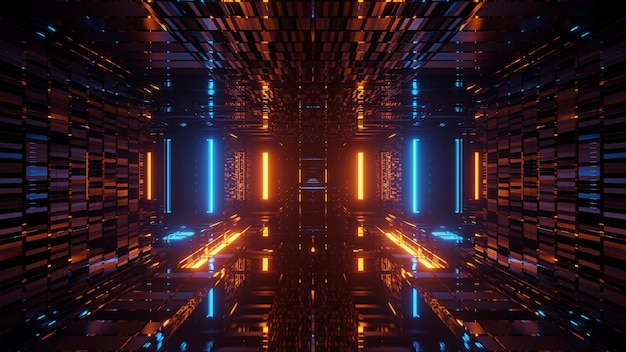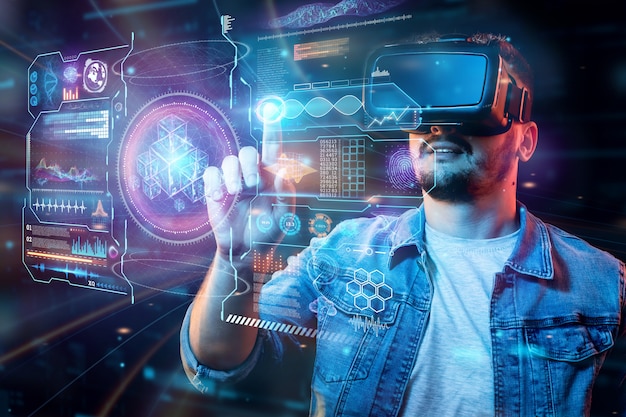In the ever-evolving landscape of technology, one of the most intriguing advancements is the rise of automated content creation. This innovation stands at the crossroads of creativity and artificial intelligence, promising to revolutionize how we approach writing, art, and various other creative endeavors. As AI technologies become more sophisticated, they are increasingly capable of generating high-quality content that rivals human output.
Automated content creation leverages machine learning algorithms to produce text, images, music, and even videos with minimal human intervention. These systems analyze vast datasets to understand patterns and styles across different genres and formats. The result is a toolset that can generate anything from news articles and blog posts to complex visual art pieces in a fraction of the time it would take a human creator.
One significant advantage of automated AI content generation creation is its ability to handle repetitive tasks efficiently. For example, businesses can use AI-driven tools to produce product descriptions or social media updates at scale without sacrificing quality or consistency. This capability frees up human creators to focus on more strategic and innovative aspects of their work.
Moreover, automated systems can assist in overcoming creative blocks by providing fresh perspectives or starting points for projects. By offering suggestions based on existing data trends or user preferences, these tools empower creators with new ideas they might not have considered otherwise.
However, as with any technological advancement, there are challenges associated with integrating automation into creative processes.





